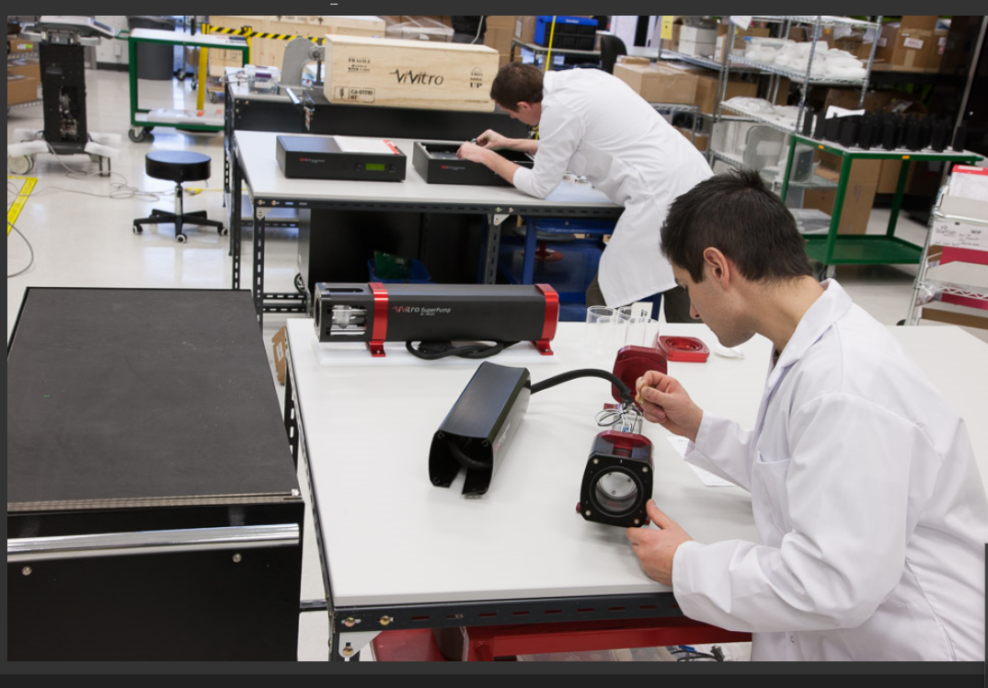
How to extract good value from your medical device supply chain
Manufacturing low volume, high complex medical device products requires sourcing highly customized and expensive parts. This makes it hard to extract good value from your medical device supply chain.
While high-volume production enables economies of scale, low volume custom-made production involves fewer parts to absorb product development, tooling and production equipment costs.
Small or growing manufacturers often do not develop a purchasing strategy that takes advantage of supply base consolidation. Orders are placed with different suppliers with little or no relationship building. Taking the time to understand your purchasing patterns can be the first step in understanding your supplier’s strengths and capabilities. With this information, you can create a strategy to identify potential cost savings and develop collaborative key supplier relationships.
Consolidating material purchases with a select group of suppliers can create economies of scale for low volume manufacturing. Over time, directing demand to a smaller group of suppliers will reduce cost, improve supplier relationships and increase productivity.
Here are five ways to extract good value from your medical device supply chain:
- Develop a spend analysis strategy: Spend analysis is the process of collecting purchasing data, classifying it according to a company or department strategy, and analyzing the data. It can help you identify your main suppliers. The analysis may vary in form and shape, but some data points are essential:
- What are we buying?
- Who are we buying it from?
- What project is buying it?
- How often do we buy?
- When did we buy it?
- How much did we pay?
- Are we getting what we had been promised?
- Where were the items delivered to?
- What are the payment terms?
- What are the non-conformances and return to vendor indices?
The answers are usually in existing data from your ERP, internal systems and contracts.
- Segment spend to your top vendors and their commodity specialty: After the initial data collection, you will probably need to clean up some of the data. Then segment your spend by vendor and commodity. From there, you can determine all the current sources available for your spend data from all of your purchases. Now, you can identify how much of your spend comes from the top suppliers and their commodity. A strategy can be created to move spend with the outliers and low value orders into the preferred vendors. Doing that will help you focus on getting the best value from these preferred vendors.
- Inventory vendor capabilities and create a short list of top suppliers for your company: By doing a deeper examination of your data, you’ll also understand your supplier’s capabilities and can set up a portfolio with fixed suppliers for each capability. This approved suppliers list will help buyers and engineers understand supplier competencies and direct future orders to the supplier best suited for the purchase. Over time, the closer relationship with top suppliers can result in better payment terms, higher quality, personalized service and the ability to further negotiate price, lead time and service. While it is difficult for a vendor to offer special pricing or lead time priority to a one-time purchaser, they will definitely do so for large, recurring purchases.
- Work with suppliers who provide good DFM (Design For Manufacturing) services: This will provide significant cost savings in development, engineering time and future design related non-conformances. Buyers are not the only beneficiaries from the consolidation of suppliers. Engineers involved in the design process also benefit. Early and continuous supplier involvement accelerates the product development cycle, reduces mold tooling costs, and improves quality by avoiding non-conformances. Knowledgeable suppliers can collaborate on the process of designing parts, components or products for ease of manufacturing with an end goal of making a better product at a lower cost.
- Continuously improve and expand scope of commodities and suppliers: The approved suppliers list is a work in progress. It will always require updates. A good idea is to determine revision periods. For example, every quarter the purchasing department should compare the quality data (NCRS, SCARs, etc.) versus orders placed, and determine if a supplier should remain or be removed from the list. Be open to stakeholders’ suggestions to add new suppliers or new capabilities.
With time, the consolidation of spend with top suppliers will bring more volume and cost reduction. When successfully implemented, your organization will have fewer suppliers to work with, attain greater value, and establish a more efficient and leaner procurement process. In short, you will extract good value from your medical device supply chain.
Vanessa Del Castillo Faria is a Project Buyer at StarFish Medical. Vanessa has extensive experience working in the electronics industry and in a retail non-profit cooperative. She holds a Master`s degree in Global Management.
Images: StarFish Medical
